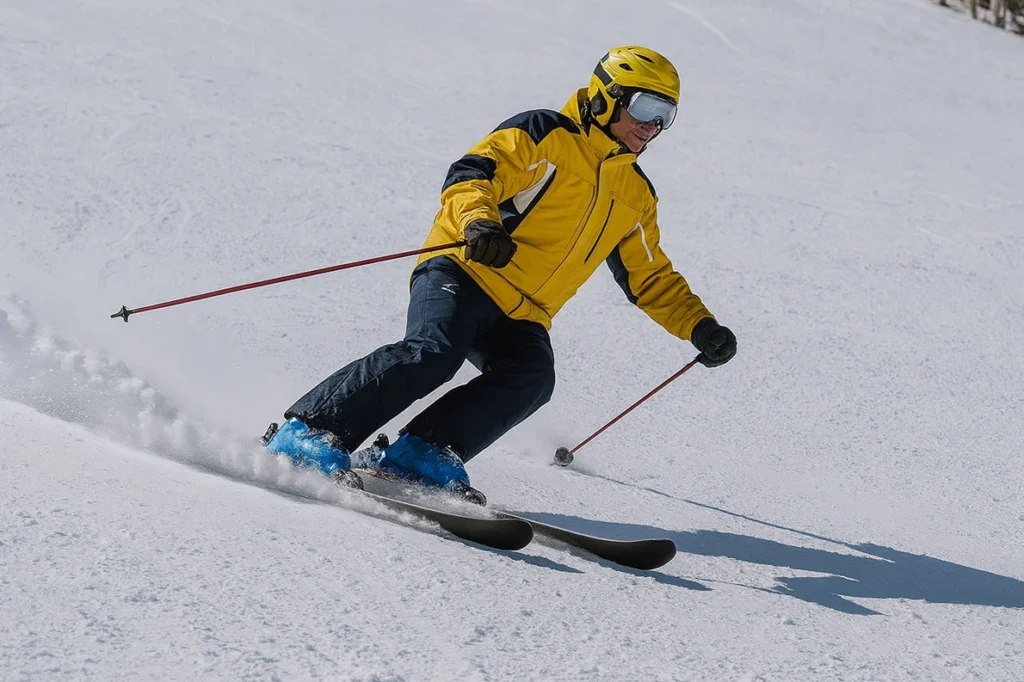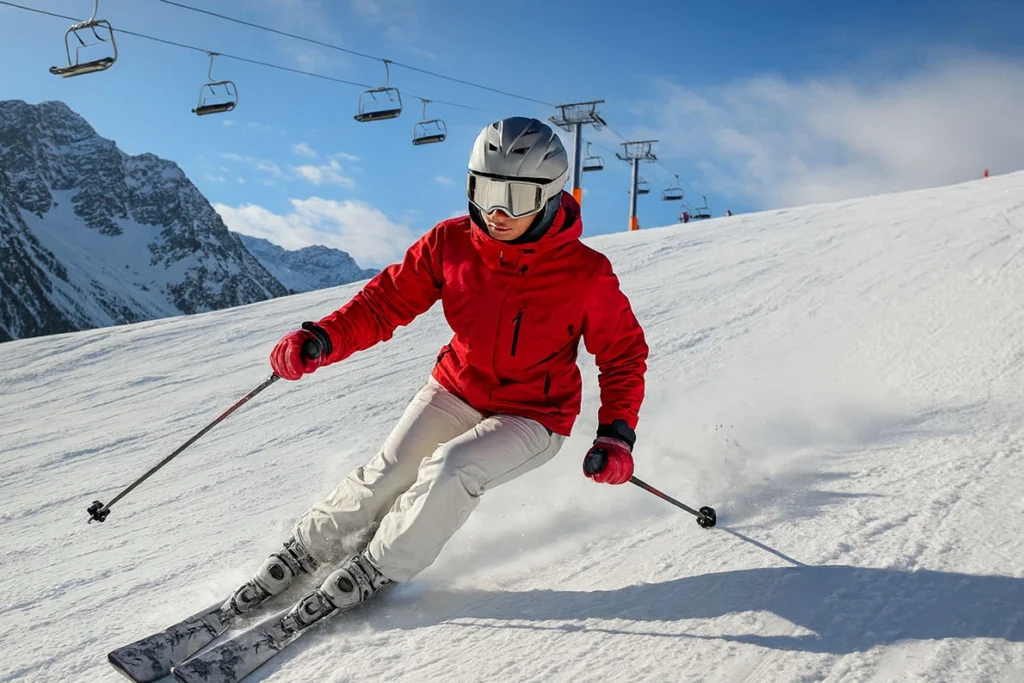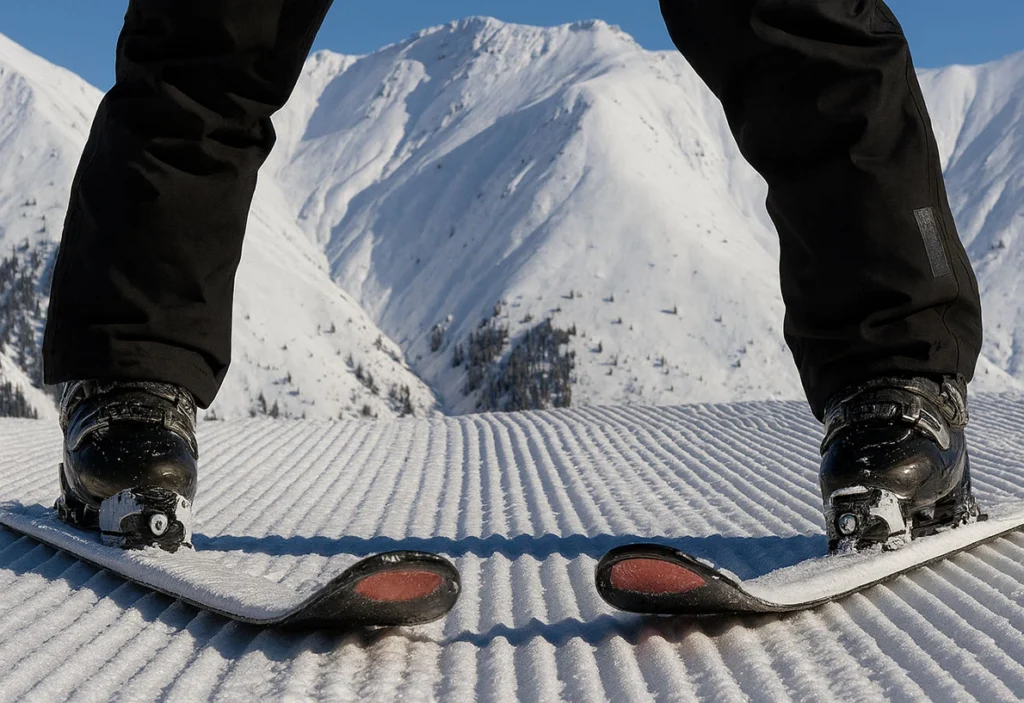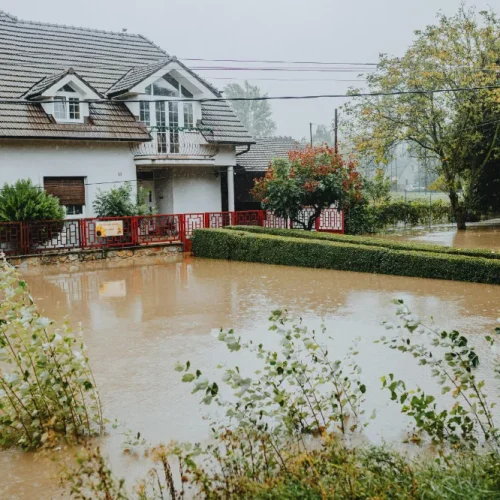Skiing on icy slopes is one of the greatest challenges for beginners and even experienced riders. The hard, slippery surface tests not only your balance but also your confidence. Many skiers panic when they feel their skis sliding uncontrollably, but with the right technique, icy runs can be mastered safely and gracefully. The mountain always teaches patience, and ice in particular demands calmness, precision, and trust in your skills.

For many, icy terrain feels like a battle, but it doesn’t have to be that way. Once you understand how to approach it correctly, the slope transforms from a place of fear into a proving ground where you refine your abilities. And to make your journey to the slopes easier, you can rely on comfortable transfers here: https://comfort-ski.com/trips/mountain-creek-ski-transportation.html
“Ice doesn’t forgive mistakes, but it rewards precision.”
Understanding the Nature of Ice
Before you can ski on ice, you need to understand what makes it different from fresh snow. Unlike powder, which cushions every movement, ice is unforgiving. It reflects sunlight, hardens under pressure, and offers little grip for your skis. It feels unpredictable, but it follows its own rules. When you accept that the surface is less forgiving, you begin to adapt your movements instead of resisting them.
Imagine stepping onto a frozen lake — every sound echoes, every step feels cautious. The same sensation meets you on an icy slope. It amplifies both your mistakes and your successes. The skier who acknowledges ice as a teacher, not an enemy, develops faster. Each icy patch is an opportunity to refine balance, focus on edge control, and sharpen reflexes.
Instead of fear, think of ice as the ultimate test of your technique. If you can carve confidently on hard snow, softer surfaces will feel effortless afterward. Ice is not just a challenge — it is training that builds true mastery.
- Observe the slope in advance
- Identify shiny, reflective sections
- Adjust your plan before you reach them
Edge Control Is Everything
On soft snow, you can get away with sloppy turns, but on ice, every detail matters. Beginners often skid sideways, scraping their skis without grip. This is not just ineffective — it is dangerous. The key is to use your ski edges like blades, pressing them firmly into the ice to hold your line.
The sharper your edges, the more secure your turns. Ski tuning becomes just as important as your skill: dull edges mean no grip, no control, and no safety. Regular maintenance of your skis ensures that when the ice challenges you, your equipment is ready to respond.
Technique also matters. Bend your knees slightly, keep your weight centered, and apply pressure evenly. Avoid jerky motions; instead, let your skis glide with intention. When you commit to your edges with confidence, the slope responds with stability.
“Sharp edges and sharp focus turn icy fear into smooth confidence.”
Balancing Your Weight

Many skiers lean back when they hit ice, thinking it will slow them down. In reality, this only reduces control. The correct approach is balance — pressing your shins lightly into your boots while keeping your body aligned over your skis. Too much pressure on the heels, and you slide. Too much on the toes, and you topple.
Balance is like a conversation between your body and the slope. The mountain doesn’t want you to fight; it wants you to flow. Balance is found in the middle stance, with movements flowing like water. Your skis should cut into the ice while your body stays calm.
To achieve this, practice shifting weight smoothly, not abruptly. Notice how a small adjustment can save an entire turn. By staying centered, you allow your skis to work for you instead of against you. Confidence grows naturally once you stop resisting and start cooperating with the slope.
- Keep hips over your boots
- Distribute weight evenly on both skis
- Adjust with micro-movements, not sudden shifts
Short, Controlled Turns
Long, lazy arcs don’t work on ice. The slope demands shorter, more precise movements. Each turn should be deliberate, with strong edge engagement and a quick transition. This style keeps you in control and prevents unwanted speed from building up.
Think of it as carving little steps down the mountain. Every turn is a pause, a moment of security before moving into the next. With practice, these controlled turns create a steady rhythm that makes even the iciest slopes manageable.
Short turns also give you flexibility. If the slope suddenly steepens or becomes more polished, you already have a technique that adapts quickly. Instead of panicking, you simply continue your rhythm, confident that each controlled move keeps you safe.
- Initiate turns early
- Keep poles active for rhythm
- Stay compact to avoid slipping
Reading the Slope
Icy sections are rarely uniform. You may find patches of softer snow between them or ridges where the ice is thinner. Skilled skiers learn to read the slope in advance, spotting safe zones and anticipating dangerous stretches. Looking ahead, not just at your skis, allows you to plan every movement.
The eyes become as important as the legs. By observing the light, shadows, and texture of the snow, you know what to expect before you reach it. This awareness reduces fear and gives you a sense of control over the unpredictable.
Imagine scanning a map while you travel — every mark, every detail tells you what lies ahead. Reading the slope is the same. A skier who looks far ahead glides through danger smoothly, while one who stares only at their boots stumbles into problems unprepared.
“The skier who reads the slope never skis blind.”
Mental Focus

Skiing on ice is not just physical — it is mental. Fear magnifies mistakes, while calmness creates precision. Beginners often tense up, gripping their poles too tightly, breathing too fast, and thinking only about falling. This mental state makes balance impossible.
The solution is to stay present. Focus on breathing, on rhythm, on the sound of skis cutting through the ice. By directing your attention to what you can control, you quiet the panic and replace it with determination. Mental strength is often the hidden difference between falling and flowing.
When fear strikes, remind yourself that skiing is as much about patience as it is about speed. Every turn you make with composure is a victory over your doubt. The ice becomes less of a threat and more of a mirror reflecting your inner calm.
- Breathe steadily, matching turns
- Visualize smooth arcs before starting
- Stay calm when mistakes happen













